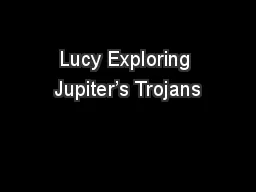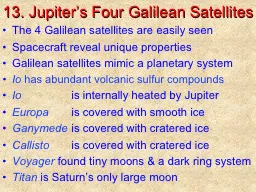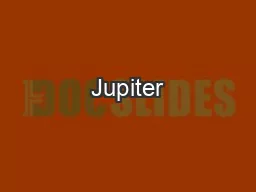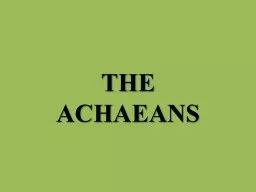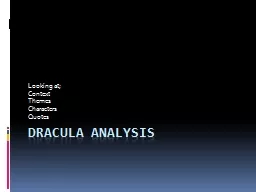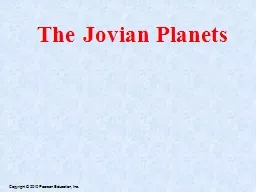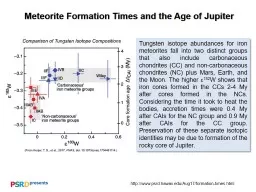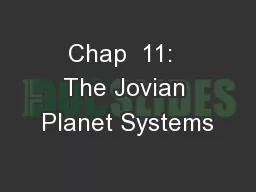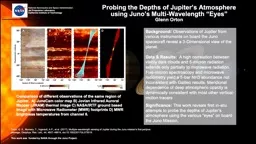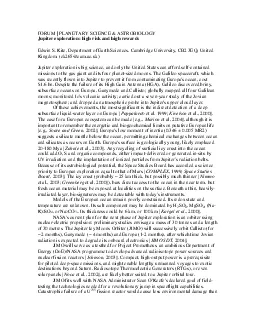PPT-Lucy Exploring Jupiter’s Trojans
Author : kittie-lecroy | Published Date : 2019-11-06
Lucy Exploring Jupiters Trojans Peter Haun and Cari Schuette Who was Lucy Ancient hominid Found in Ethiopia in 1974 Found 40 of the skeleton Led us to greater understanding
Presentation Embed Code
Download Presentation
Download Presentation The PPT/PDF document "Lucy Exploring Jupiter’s Trojans" is the property of its rightful owner. Permission is granted to download and print the materials on this website for personal, non-commercial use only, and to display it on your personal computer provided you do not modify the materials and that you retain all copyright notices contained in the materials. By downloading content from our website, you accept the terms of this agreement.
Lucy Exploring Jupiter’s Trojans: Transcript
Download Rules Of Document
"Lucy Exploring Jupiter’s Trojans"The content belongs to its owner. You may download and print it for personal use, without modification, and keep all copyright notices. By downloading, you agree to these terms.
Related Documents

